
Magazine abuse (within reason) is a good indicator of commitment to practice.
I’ve got a sure-fire way to tell who can shoot like Jerry Miculek and who’s a novice. As for this detection method, “they’ve done studies, you know. 60% of the time, it works every time,” as famous Anchorman Brian Fantana liked to say.
Here’s the trick. You just have to look at their concealed carry gun. If it’s all beat to hell in the right places, the odds are pretty good you’re dealing with an accomplished shooter.
Don’t get me wrong, I appreciate a pristine carry handgun as much as the next guy, but if it stays that way for more than a couple of days after purchase, it’s not getting used enough, or at least it’s not getting used in any productive capacity. It’s more than likely a safe queen.
Here are five areas where you might just notice a bit of extra wear and tear on a well-used concealed carry gun. Keep in mind, I’m talking about wear from use here, and not wear from poor maintenance. You can do a masterful job of cleaning and maintaining your gun, but it it’s well used, it’ll still develop signs of wear and tear. That’s OK. Just think of these marks like scars. Someone without any scars probably hasn’t experienced a whole lot of adventure, right?
Slide baldness
With my very first carry gun (a Beretta 92FS), I began to get heart palpitations when the Bruniton finish began to wear off the leading edges of the slide. When you holster a gun a few thousand times, pretty much any surface coating or metal treatment is going to start to wear through until you see shiny spots. While I haven’t done any scientific study on this, it seems like leather holsters are more aggressive when it comes to wearing finish. Maybe that’s because they rely more on friction than shape for gun retention. No matter, I love a good leather holster and will happily accept the wear penalty for its long-term use.

This tiny bit of slide baldness from holster wear is nothing! You ought to see some of the Army’s M9s…
I know that your brand new carry gun is pristine any shiny, but for your own well-being and benefit, be sure it develops some muzzle or slide wear marks. That means you’re practicing drawing from a holster – a lot!
Scratched and scraped magazines
If your carry gun magazines aren’t hitting the ground on a regular basis, you might not be practicing enough. If the sides of those magazines still have an unblemished finish, then maybe they’re not going in and out of your gun quite enough.
Admittedly, you have to keep “beat to hell” within reason for magazines. That’s the part of a semi-automatic pistol most likely to fail, so by “beat to hell” I’m really referring to cosmetics more than metal deforming damage. Wear marks? Absolutely! Scratched up base pads? Definitely! Bent feed lips up to? Not a chance. Use your magazines hard, just keep an eye on them so you catch function-impacting damage. Think of magazines as consumable and replaceable components. With use, you’re going to need to throw some out once in a while. That’s OK, though, as your life is worth the cost of a few magazines every couple of years.


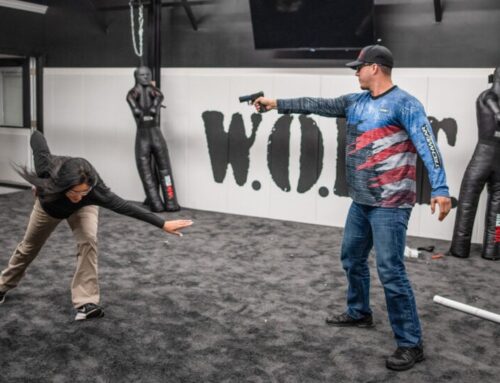
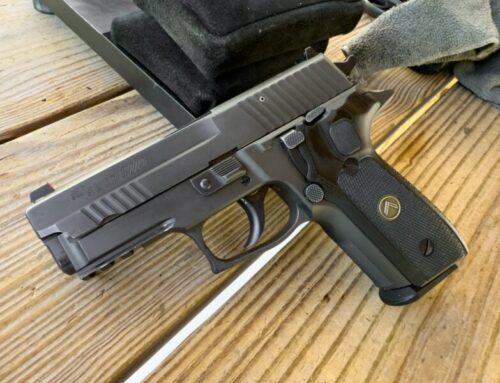
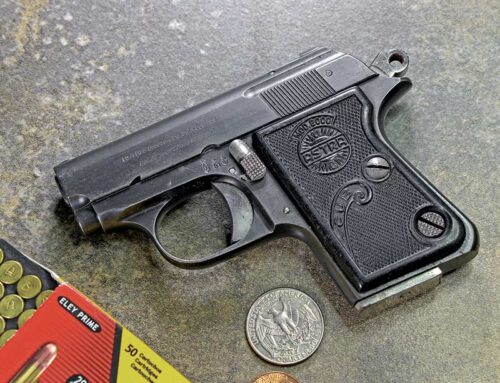
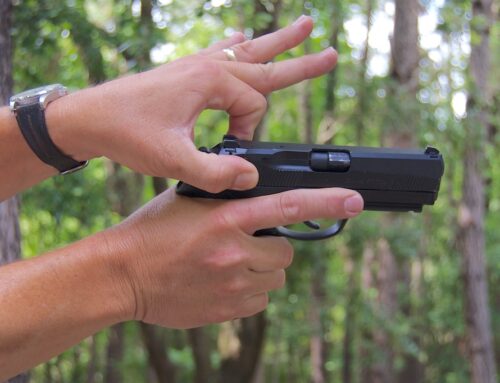
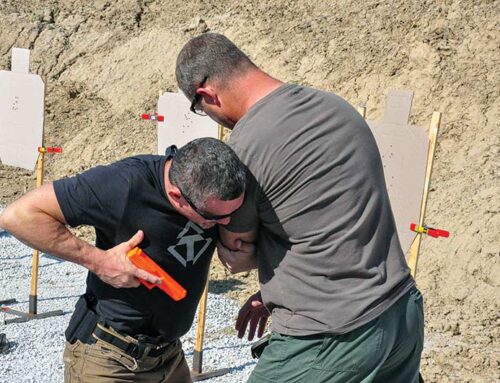
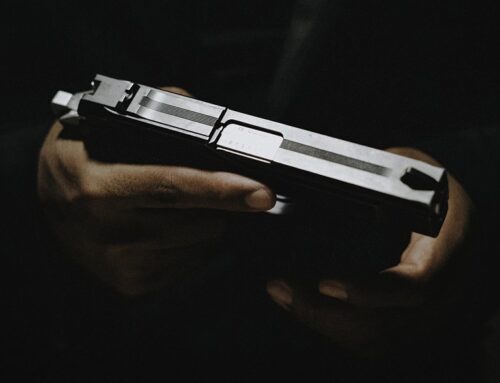
Leave A Comment